BIOLOGY PAPER 1 FORM 4 TERM 2 REVISION QUESTION PAPER WITH MARKING SCHEME MODEL20220108T064525Z-00121/8/2022
0 Comments
Explain structure and functions of the human eye. (20mks)
Explain why certain bacteria and other pathogens become resistance to drugs after some time3/11/2021 (a) What is mutation? (2mks)
Mutation is a sudden/spontaneous change; in the genetic make up of an organism
(b) Explain why certain bacteria and other pathogens become resistance to drugs after some time. (2mks)
bacterial that survive the drug will undergo mutation: to produce bacteria which are resistance to the prevailing condition/drug. (2mks)
(c) Work out a cross between a Haemophiliac man married to a carrier woman for Haemophilia.
|
Archives
December 2024
Categories
All
TOPICSFORM 1
Form 2
Form 3
Form 4
|
Can't find what you are looking for? Don't worry, Use the Search Box Below.
|
Primary Resources
College Resources
|
Secondary Resources
|
Contact Us
Manyam Franchise
P.O Box 1189 - 40200 Kisii Tel: 0728 450 424 Tel: 0738 619 279 E-mail - sales@manyamfranchise.com |
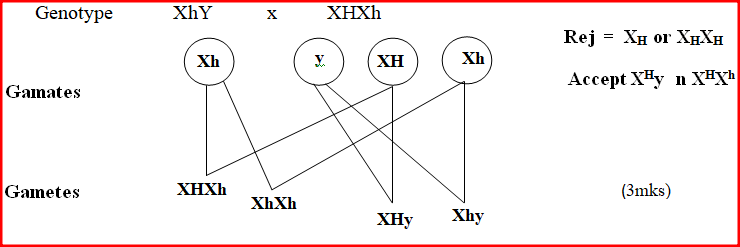




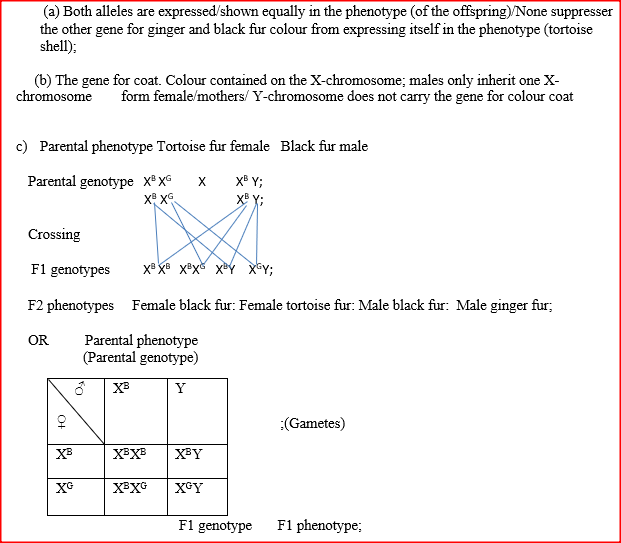

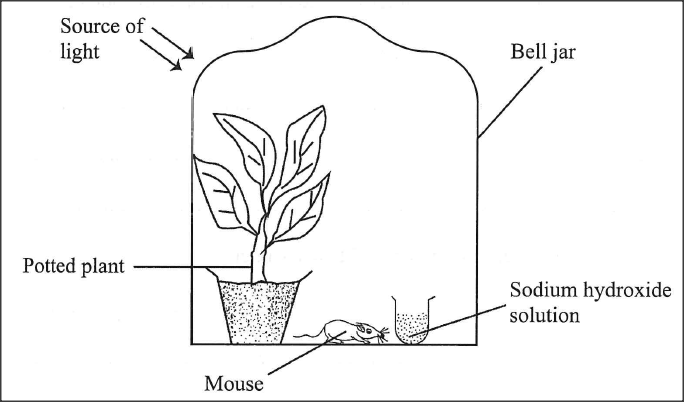
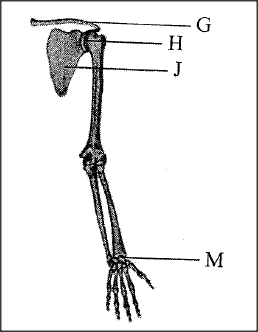





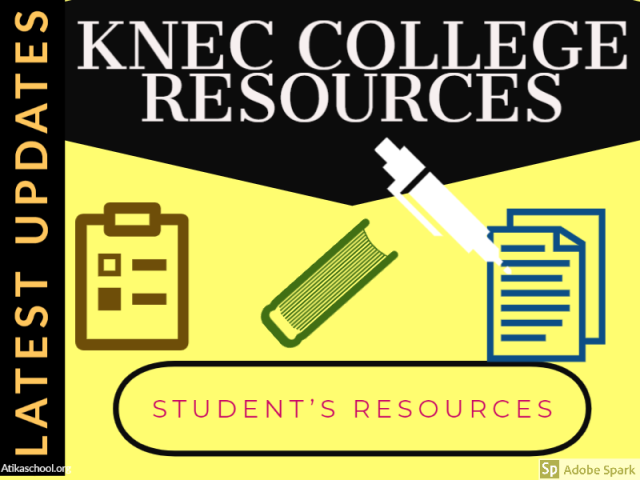


 RSS Feed
RSS Feed

